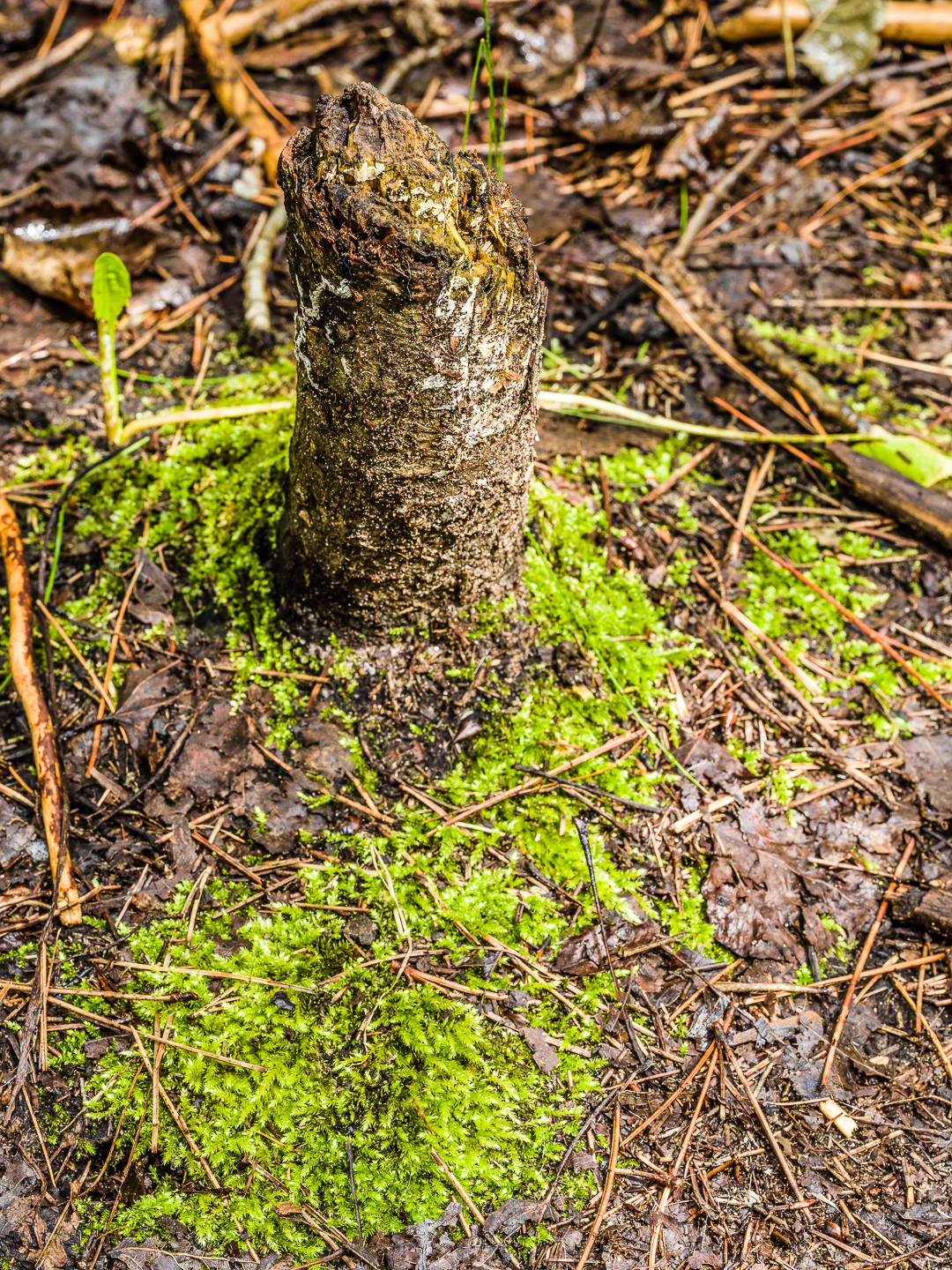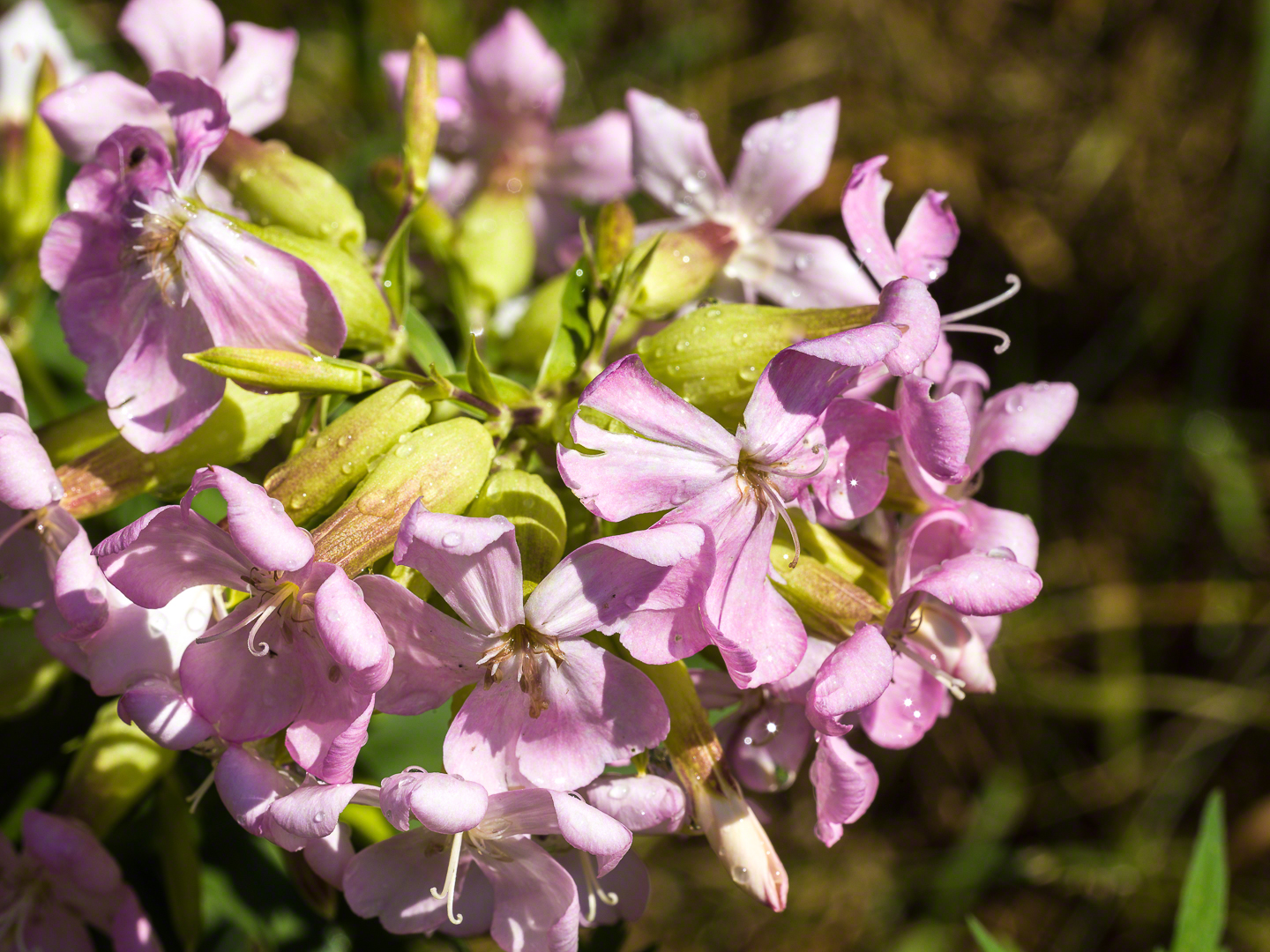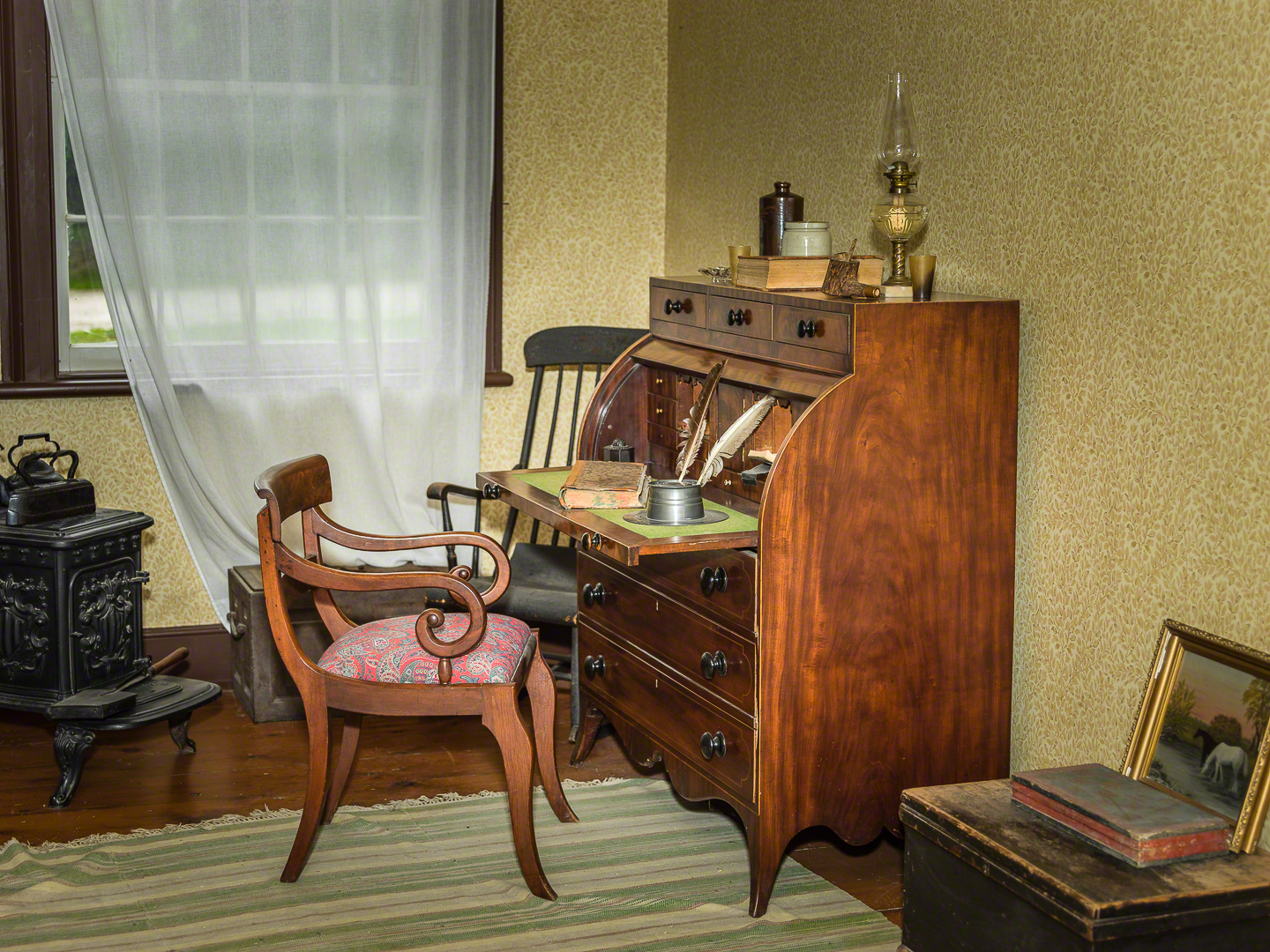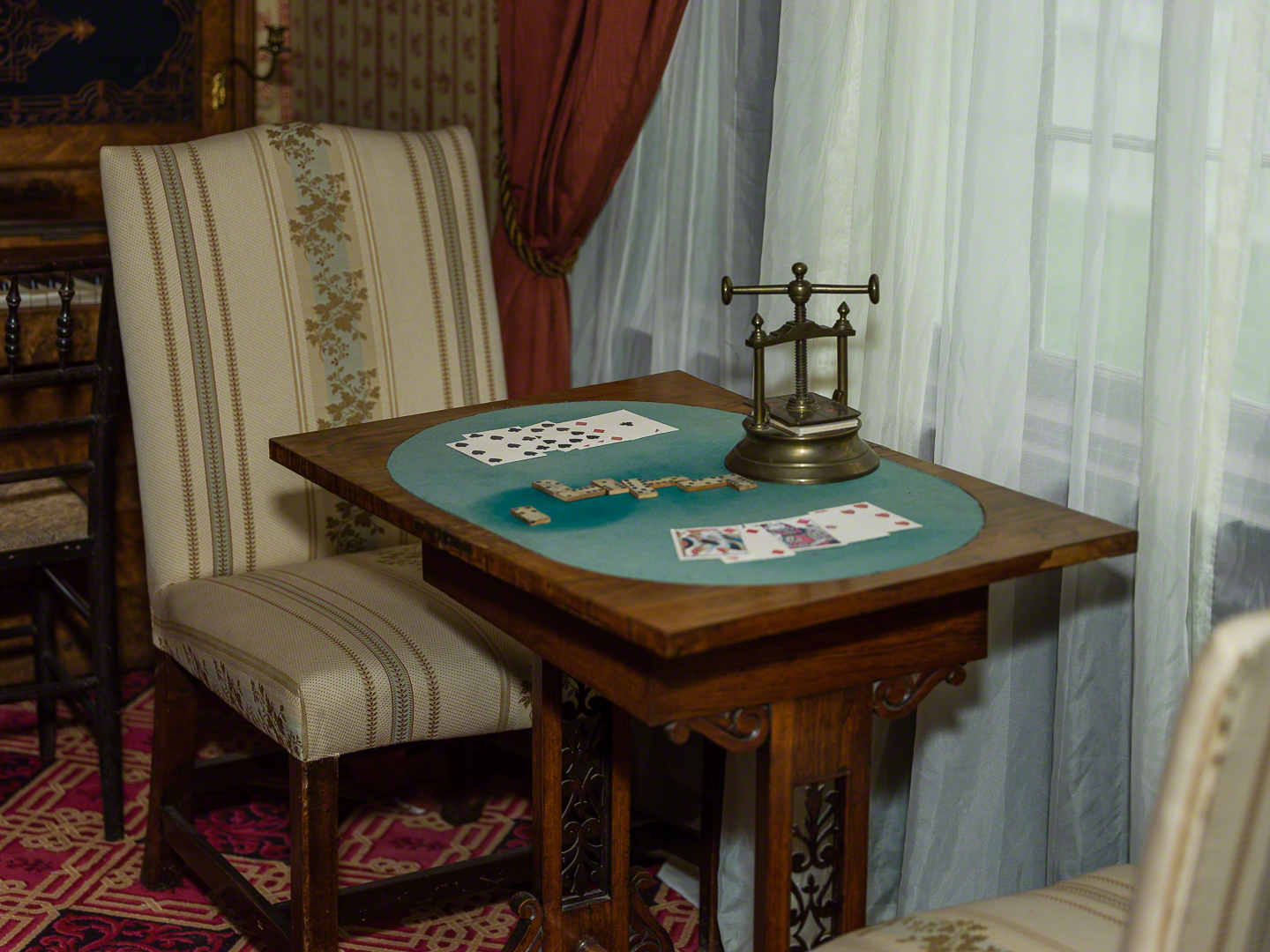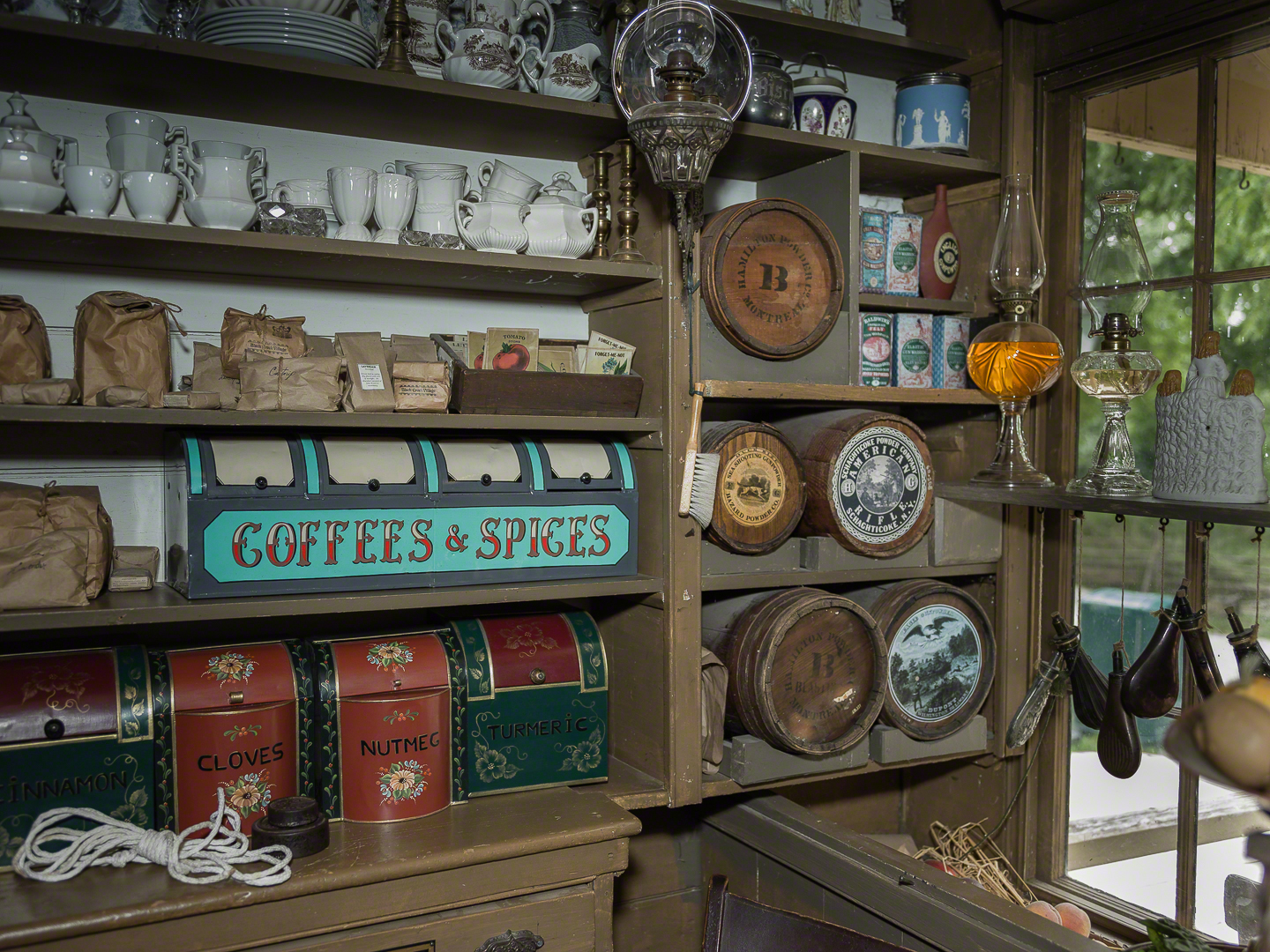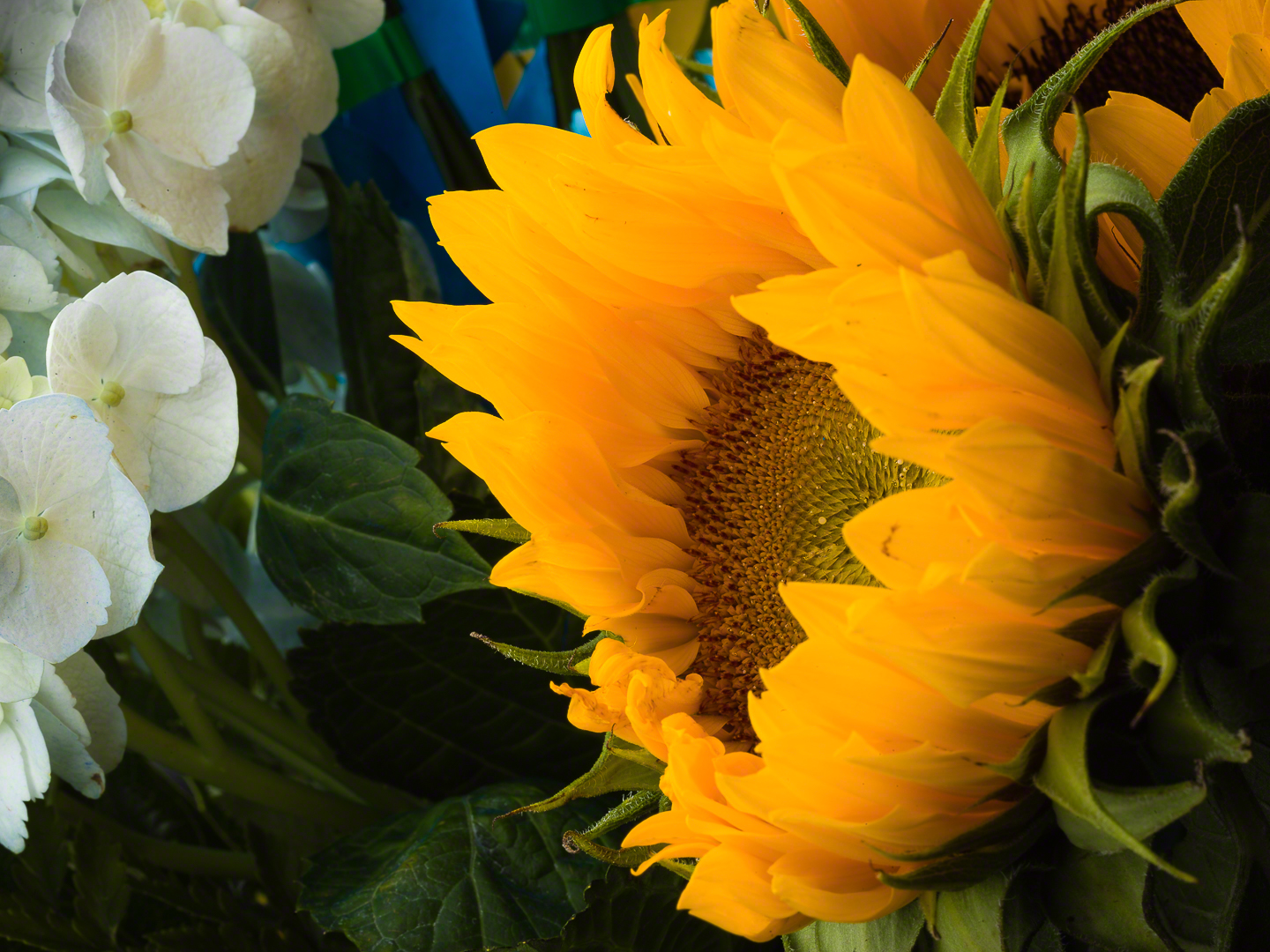Hasselblad H6D-100c - No Substitute for Resolution, Sensor Size and Lenses
/Front and side views of the Hasselblad H6D-100c
At some point, the quest for more resolution runs up against the existing limits to the number of photo sites that can be fit into the physical space of a sensor. The rationale for huge pixel counts on medium format sensors has a mathematical relationship to native print size. And that, may be the salient, if not the only reason why one would look to a 100 megapixel sensor.
I want to thank the good people at Hasselblad North America for their ongoing support of this site, and their willingness to allow me to use and review their products for what always feels to me to be too short a time. I am grateful for every opportunity but often find myself very sad when the time comes to give the kit back. This time is no exception, but it's really tough, because the H6D-100c is just so darn magnificent.
From the rear, check out the size of that LCD.
A medium format camera is a different kind of creature. Contrary to the erroneous presentation made on some sites, medium format does not look like a larger 35mm image. The sensor size, the aspect ratio, the relationship between lens, image circle and sensor plane combine to provide a different look and feel. A professional photographer, and any photo editor with experience can tell when an image was made with a medium format camera. They are larger, heavier, slower and more expensive. They also produce images that no 35mm oriented camera can match. I have shot medium format for a very long time, starting back in the days of film and sticking with the format through digital. My current camera is a Hasselblad H4D-40. I did a comparison with the excellent H5D-50c but could not find enough to justify an upgrade. I am both pleased and sad to say that this time, there is more than enough justification to warrant a significant impetus in saving money to move to the H6D.
The H4D family was the last of the CCD sensored cameras. They had their own look and colour response. The H6D is the first of the CMOS sensored models that delivers all the benefits, and they are substantial, of CMOS, while retaining the colour and flavour of CCD. That this is completely subjective is absolutely true, but the emotion created by a successful image has next to nothing to do with technical capability. I like the look of the new sensor very much indeed.
The H6D-100c is a modular camera. There is the body, which contains the mirror and some of the electronics, the digital back which contains the sensor and the storage system, the viewfinder which contains the optical viewing path, light meter, small popup fill flash, hot shoe, diopter and some controls and the lens which in addition to the aperture blades and focusing mechanism, also contains the shutter. For those who expect the shutter to be in the body as in most cameras, having a shutter in the lens means that every available shutter speed can be used for flash synchronization without need for HSS or any other methods of ensuring a complete flash exposure.
Each module can be separated for storage and transport, just like in the days of film, but most users will leave things together, Where the old film Hasselblads had interchangeable backs, the digital units are matched to the body. We changed film backs for speed and different formats. Now we just change the storage cards and handle the cropping in post production.
The viewfinder is very bright and informative. You can shoot Live View of course, but I didn't except for my very short testing of the video features. I prefer an eye level viewfinder.
The model I was provided came with the Hasselblad 100mm f/2.2 lens. It's a nice fast piece of glass, but I preferred to do my testing using my existing Hasselblad HC and HCD lenses. I used everything that I own, the 28mm, the 50-110mm, the 120mm macro, the 300mm and even my tilt shift adapter. If I had access to a 24mm, and a couple of more weeks, I would have loved to do an architecture self assignment with the TS adapter.
Information display on the LCD
That large LCD is not only good for reviewing your images but for checking and confirming your settings. Hasselblad redid the menus and the layout and it is very fast to use and much more comprehensive than on earlier models. You can still make your changes with buttons on the grip along with rotary dials but the rear LCD offers another route that is both fast and has a very short learning curve. The options are rich and deep as well as you can see in some of the captures of the options.
LCD panel on the grip
Settings Options
Exposure and Focus Options
To create a mental image of the field of view of medium format lenses on this camera and back, you can do a quick division of the focal length by 1.5 and that will get you close to the 35mm full frame equivalent. Thus my 28mm has the same field of view as about an 18mm on a full frame ILC sensor. This matters because different Hasselblad bodies and backs have different effective crop factors based on sensor size and coverage. My own H4D-40 does not have as much coverage so the conversion is not 1.5 but closer to 1.24 I only mention these conversion factors because many folks are very interested in them, for me, only the final image matters.
In the traditional ILC space we get really consumed by the number of focus points that a camera has. The H6D-100c has one. It's in the centre, and it is because I have been at this a long time that I was able to define the FLRS system a long time ago. FLRS is Focus, Lock, Recompose, Shoot. You may be doing it already under some other nomenclature. The point is you lock the focus on the most important element and recompose to create the most effective composition. In the H6D-100 you also get a function called True Focus, that uses technology to fine tune the focus if during the recomposition that angle shifts enough to impact sharpness. It's challenging to explain and simple to see. True Focus just works, but once you've used it, you will wonder why it's not in other cameras.
Autofocus in medium format is not blazing fast, nor does it have the same latitude in terms of low light to lock on. It may have been my lack of practice but I did not find the H6D faster to obtain focus than my H4D. I shot the camera both from a tripod and handheld. There are folks who believe that shooting medium format should always be done from a tripod. I take no issue with this, I just like to be able to do both. I moved my RRS L Bracket from my H4D to the H6D and was good to go, whether working off a tripod or with the camera on a sling.
The other thing that one will note is that due to the larger image circle, the depth of field at the same aperture and the same equivalent focal length is shallower on medium format. It's why I like the look of medium format so much for headshots and portraiture.
The H6D has a much wider ISO range than my H4D. Part of this has to do with the sensor being CMOS instead of CCD, and of course part of it has to do with improvements in the technology. I am always reluctant to drive the ISO up until other options are used up, probably because I came up in film and because I know that the higher voltages delivered to increase sensitivity have a negative impact on colour fidelity and decrease the signal to noise ratio. This is true for all cameras. I shot most everything to keep the ISO no higher than 800, but I am pleased to advise that pushing it hard is not a problem with the H6D. The H6D maxes out at 12800 and while you can see some noise developing, it's at the level of ISO 400 colour film and can be cleaned up easily in post processing. My H4D caps out at 1600, at the time a full stop more than the other models could do and one of the reasons I chose it. Even on the old CCD tech, it still works fine, but the new sensor is just so much better..
One substantial difference from DSLR and MILC traditional bodies is the absence of Automatic White Balance. To be fair, AWB works really well over 90% of the time and getting it correct in camera is critical when shooting in JPEG. You can shoot the H6D-100c in JPEG, although I still have not come up with a good reason to do so, in which case the in camera White Balance setting only impacts the JPEG preview embedded in the RAW file. All this said, do note that for the preview to look correct, including when you are chirping, you should be setting the white balance in camera to match the light.
Can you see a difference in the resolution? Looking at images shot in RAW and imported to Lightroom, I can see a difference in some of the thumbnails and definitely in the full screen previews. The H6D provides a 16 bit depth in its RAW files, more than any traditional ILC. The individual Hasselblad 3FR format RAW files are 216MB in size each. While the H6D does have an SDXC card slot, I did not use it, preferring the much faster CFAST slot. That resolution does have an impact on your post processing. Lightroom is not celebrated as a speed demon in general and working with the 100MP .3FR RAW files coming out of the H6D-100c was, let's call it, glacial. This was particularly evident when zooming in to check sharpness or do a minor touchup. To be fair, I did not spend a lot of time in post processing for any of the sample images, just my basic workflow with no side trips to Photoshop. I could have probably made the images look even better, but chose to keep them to basic RAW processing out of camera.
Like some other medium format cameras I have tested this year, the H6D can shoot FullHD video. It looks like very nice FullHD video, but as with the Fujifilm GFX-50s and Hasselblad's X1D, I just do not see the point. Yes medium format does have a different look but the resolution of FullHD is so comparatively low that it makes no sense to me. When 16K video hits, these cameras will be ideal.
Flash and Strobes
The Hasselblad H6D is an awesome studio camera. While most studio strobes remain manual power entities there are some, such as select models from Profoto that support TTL flash exposure. TTL is convenient and has its place as an adjunct to manual flash. The H6D does support TTL flash, but only through the SCA 3902 adapter to be used with the Metz SCA capable flashes. I like the SCA system very much, but it's not anywhere near the front of Metz's efforts any longer. I tested the H6D with my SCA 3902 connected to a Metz 76 potato masher flash and all worked properly, although I thought the test exposures were a bit hot. Flash exposure compensation also worked as expected. Things were different using the SCA 3802 with both the Metz 44 SCA and Metz 54-4i SCA flashes. The TTL worked fine, but flash exposure compensation while settable had no impact on flash output at all. When I did my strobe tests I went to manual on the Profoto D1 heads, fired wirelessly from the camera using Profoto's AirRemote. You can control the power output directly from the remote, and it worked perfectly although I did manage in some of the closeup tests to max out the power of the D1 head in a deep octa. Great light with an amazing sensor is just gorgeous and the leaf shutter means being able to move the shutter speed around to completely manage the ambient light. The rear curtain sync function exists completely in camera and worked a charm with both the speed lights and the studio strobes. It might be interesting at some point to see if the camera could get a firmware update to do TTL flash using the same Nikon protocols as in the X1D, although I would prefer it if Hasselblad were to give me a choice of Nikon or Canon, since all my TTL Flash kit is Canon biased.
Tethering
When working in the studio, my preference is to shoot tethered. Hasselblad has released an update to their Lightroom Tether plugin and it works fine, albeit with the expected performance issues to be found when tethering to Lightroom. More useful I think, is the availability at no cost whatsoever is Hasselblad's Phocus digital editor. I hear and read about how CaptureOne is so great for tethering, and it really is, but I think we can all guess why C1 would not support Hasselblad tethering. Phocus is awesome and I fear that some potential buyers don't even know about Phocus or how rich a solution it is. For tethering, Phocus is blazing fast and also provides a very comprehensive editing platform. I have included some screen shots of Phocus tethered to the H6D-100c in the studio. Please pardon Darla, she only has one expression, but can hold it forever.
Phocus in tethered capture mode
Phocus n the editing mode
Phocus Export Options
Lens focal length options range from 24mm to 300mm with a 120mm macro and two zooms, a 35-90 and a 50-110. All the lenses are large and quite heavy as one would expect. All of mine were new when I got the the H4D-40, but current variants have the internal leaf shutters updated to support a maximum shutter speed of 1/2000. I shot the H6D-100c with the 28mm, the 80mm, the 120mm, the 300mm, and the 50mm-110mm. I also shot a few frames on the loaned 100mm. This confirmed that all my existing glass, including my extension tubes and the 1.7x teleconverter all worked as expected.
While my time with the H6D was limited, I did manage to do some basic testing with my HTS 1.5 Tilt Shift Adapter. It works exactly as expected, with no vignetting or any ugly surprises. I really like the ability with the Hasselblad to get view camera type functionality out of something that I can easily carry into the field.
Sample Images
When shooting the H6D-100c, I used a variety of lenses. Hasselblad had supplied the 100/2.2 I used my own 50-110, 120 macro, with and without extension tube and my 28mm. In every case I was extremely pleased with the lens performance on the new body.
Conclusions
Would I buy an H6D-100c? In a heartbeat. Obviously this level of investment does require sustained revenue from your photographic enterprise, likely not a hobby acquisition unless one is flush with cash. It is a big step up from the H4D family and it's colour is the first CMOS that I have seen that equals that of the older CCD sensors. The H6D-100c is incredible, and I question the knowledge of those who assert that a high MP DSLR like a Canon 5Dsr or Nikon's D850 or Sony's a7R Mark II can equate in image quality. They are all fine products, but none have the same enormous sensor, 16 bit colour depth and tonal rendition that you get here. So what does compete? In honesty, it's going to be the 100MP equivalent from PhaseOne. Their Schneider-Kreuznach lenses are excellent and Phase does build a very find product, albeit priced less aggressively than this Hasselblad. I have a substantial investment in Hasselblad glass. Moving would be insane, and there's nothing that I have seen that would tell me I would be behind the curve if I bought an H6D-100c.
I have been hearing concerns about the future of Hasselblad, particularly Hasselblad support since the company was acquired by DJI. Time will tell. So far, I do not see a shift, but Hasselblad has an excellent support reputation while DJI has a support reputation for there not being any.
This is without a doubt, Hasselblad's best digital body ever. While I have no use for shooting video on it, I understand why it's there. For the studio shooter, it is unbeatable and adding in the TS adapter for specific shoot types gives you the flexibility (almost) of a proper view camera, only fast and easy to use. In the field you can shoot handheld and I did, but keep an eye on shutter speeds. None of these lenses have image stabilization and the old one over the focal length guideline for sharp handheld shots might be optimistic. Over the course of day shooting, you will notice the weight, so my field recommendation is a backpack rather than a shoulder bag and a solid carbon fibre tripod. I admit shooting a bit with the massive H6D-100c on my smallest RRS tripod and it held the camera just fine, but I would prefer to sling an RRS 3 series with a BH-55 head.


















